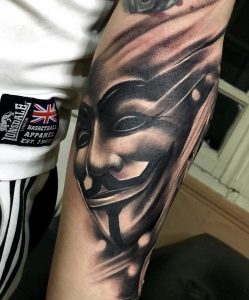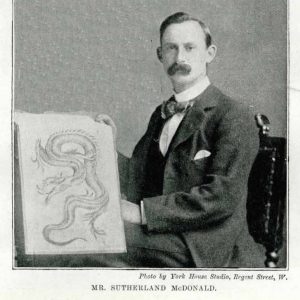Reopening and Homage to Tattooing in the UK

We interrupt the usual program this week for a celebratory post in honour of the reopening of the Vivid Ink tattoo studios. We know you have been waiting as impatiently and eagerly as the artists for things to get back into the buzzing swing. After all this time you have spent planning, daydreaming and saving for your new piece of body art, it’s finally time to get back under the needle and get your next tattoo. Just in time for it to heal beautifully until it’s time to show it off in shorts and tank tops.
The tattooing tradition has come a long way from Otzi the iceman, hand-poked Polynesian tribal tattoos, criminal branding and sailor service record markings. It would not be where it is today, so accessible, available and enjoyable to such a large audience if it wasn’t for the people who were driving forces behind its evolution. So in the spirit of jubilation, we thought we would celebrate some instrumental moments and iconic figures in the history of tattooing in the UK.
Evidence of tattooed Britons way ahead of Captain Cook
The standard story of how tattooing arrived in the UK is that Captain Cook discovered the tradition in Tahiti and brought it back with him. However, there is photographic evidence of tattooed people in Britain at least half a century earlier. Meanwhile, some of the inspiration did indeed arise from some rather unsavory practices promoted by colonial explorers.
During colonial times, traveler began bringing back ‘natives’ from their journeys. People from the East Indies and the Americas were no strangers to body art and modifications, and they were often put on display, sometimes even exhibited in pubs.
Other types of explorers had also been making their way across the continent – this time on religious pilgrimages to Jerusalem, Bethlehem and Nazareth. They began adorning themselves with crosses and other religious iconography. These motives were hand-poked, single-needle, first ‘stencilled’ onto the skin by dipping a carved wooden block into ink.
Fashionable West End digs for London’s first official tattoist
When Japan opened up to the West in the latter half of the 19th century, well-to-do travellers could adorn  themselves with exotic pieces from tattoo artists, and it became fashionable in society to wear them. This was before Japan passed strong laws against the practice, much to appear more ‘civilised’ to the Western world.
themselves with exotic pieces from tattoo artists, and it became fashionable in society to wear them. This was before Japan passed strong laws against the practice, much to appear more ‘civilised’ to the Western world.
The first official tattoo artist set up shop not in some dodgy side street in a harbour town, but in London’s West End on 76 Jermyn Street. It was run by the first man to be registered as a ‘tattoo artist’ in the London Post Office Directory in 1894 – Sutherland Macdonald (1860-1942). He was also the man who coined the word ‘tattooist’ by shortening the words ‘tattoo’ and ‘artist’ and combine them. However, his ingenuity did not stop there. He was also the inventor of the first British tattooing machine, which was registered in 1894 with patent #3035.
Pop back in later this week for more on Macdonald and other prominent figures in the evolution of British Tattooing.
